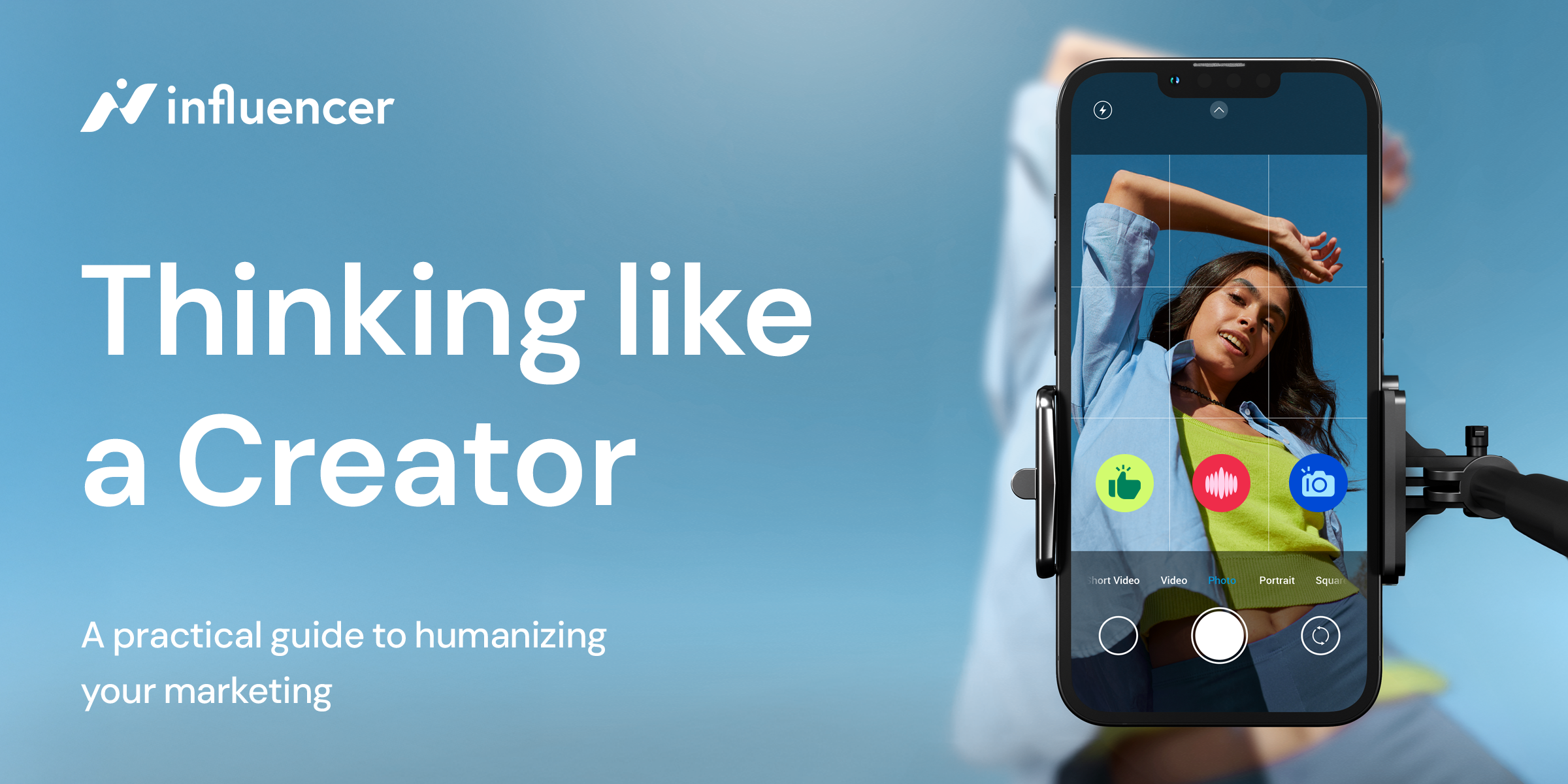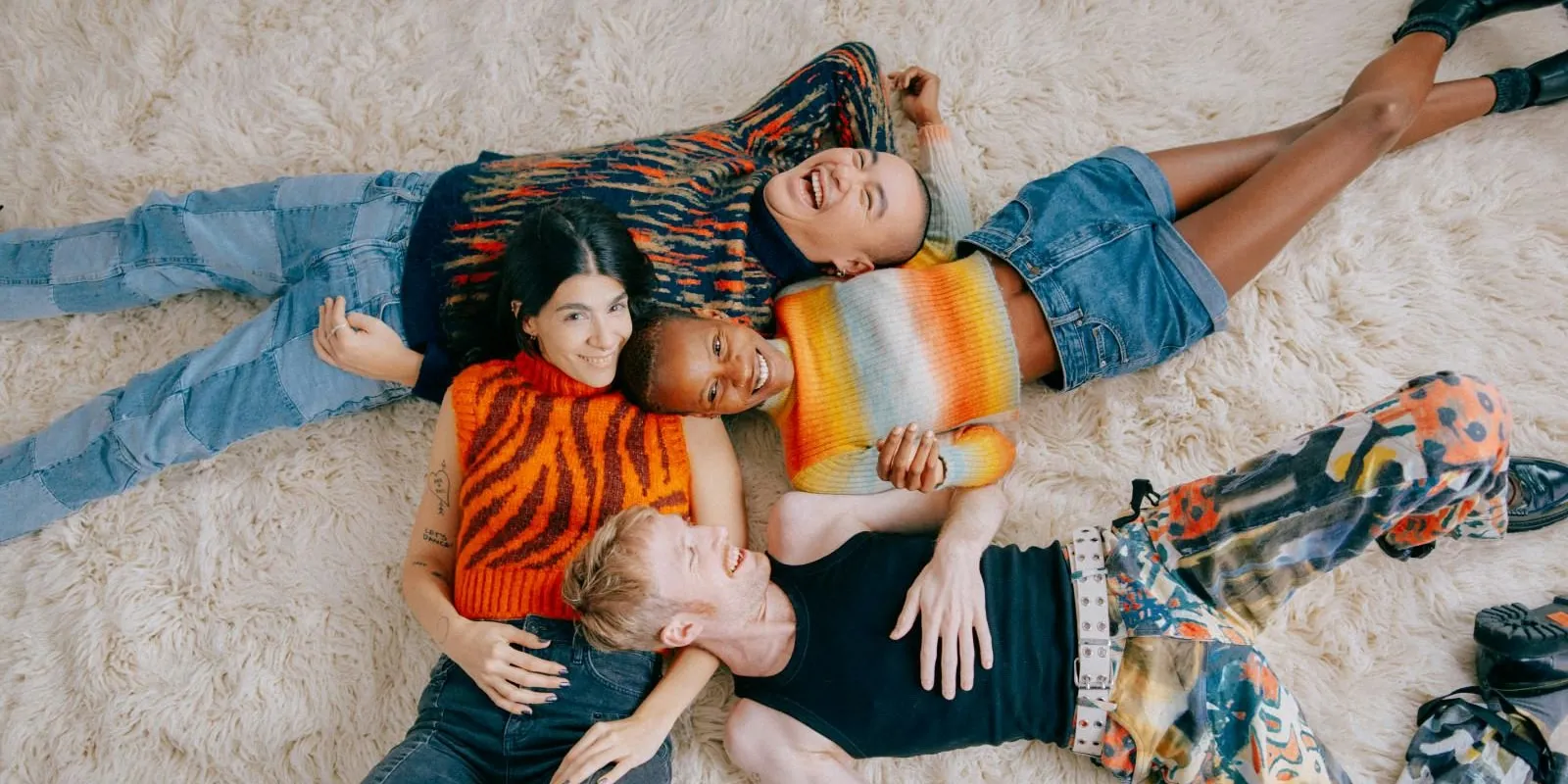Reaching Older Generations: Why Influencer Marketing Is An Option to Take Seriously

Content creators who publish on social media are generally understood to hold the most sway over the youngest audiences with material purchasing power – nominally Gen Z (those born between 1997-2012) and millennials (b. between 1981-1996). Statistics back up this widely held assumption, but not to the extent that we might think. Research conducted by Influencer.com, in partnership with MediaCom and GWI, found that 83% of Gen Z respondents and 86% of millennial respondents report having seen a content creator collaborate with a business or brand in the last month. These percentages compares to those of Gen X (b. 1965-1986) respondents (78%) and baby boomer (b. 1946-1964) respondents (66%) who said they had seen collaborations in the last month.
Although this data clearly shows that brand and business collaborations with content creators are most likely to touch the screens and subsequent purchasing decisions of younger generations, that 78% and 66% of Gen Xers and baby boomers respectively can consciously recall having seen a collaboration in a given month should encourage companies serious about partnering with creators for new customer acquisition among older generations to find confidence in the tactic. Although a greater proportion of millennials and members of Generation Z are attuned to collaborations between brands and creators on social media and elsewhere, older generations are still present on social media platforms in high enough numbers to make such collaborations targeting older groups a worthwhile strategy. Moreover, marketers can benefit from understanding which groups are best placed to generate a return on their investment. Statistical research shows that although members of Generation Z are more receptive to collaborations between content creators and brands than older generations, their purchasing power is considerably less great than that possessed by baby boomers and Gen X – a factor which can largely be explained by their comparative youthfulness.
Research conducted by the Statista Research Department in 2020 found that members of Gen Z in the US who are old enough to be financially independent generate an average household income of $38,635. It’s important to consider that this data ignores the bulk of Gen Z, since most people of that generation are currently too young to be earning enough for financial independence – at the time the survey was conducted, the oldest members of the generation were between 23-24, the youngest between 7-8 years old. Older generations including baby boomers, Gen X, and even millennials, earning average household incomes of $78,508, $113,455, and $84,975 respectively, have spent much more time in the workplace developing their careers to increase their purchasing power. Furthermore, although in the US, baby boomers earn less household income on average than millennials, they hold far more wealth, a phenomenon largely explained by asset ownership. A 2020 CNBC article states that US baby boomers hold 53% of the country’s wealth, Gen X holding 25%, and millennials just 4.6%. This reinforces the view that partnerships between brands and content creators should be developed with baby boomers and Gen X in mind – firstly, because these generations are still responsive to these kinds of campaigns, even if not in the same voluminous proportions as their younger peers; and secondly, because these cohorts possess considerably more purchasing power and disposable income, and hence are better placed to drive desirable ROAS/ROI.
Although collaborations between brands and content creators are typically associated with social media platforms, survey respondents themselves have stated that they would be responsive to marketing campaigns featuring content creators outside the virtual context of social media. That partnerships between brands and content creators are favoured the most by all four generations surveyed may simply derive from the fact that influencer marketing predominantly arose as a direct result of social media’s genesis. Consequently, consumers may have therefore assumed the most natural channel for collaborations to belong between brands and content creators to be social media platforms. Nevertheless, a considerable proportion of survey respondents under each generation bracket cited their desire to see collaborations pushed through other channels too.
These results therefore clearly show that although social media is the channel where most people want and expect to see marketing collaborations between brands and content creators, multi- and cross-channel approaches are likely to reach more people, with the added effect that marketing campaigns operating across a variety of places may be found more compelling and persuasive by consumers than campaigns focusing exclusively on already saturated social media platforms.

Brands and creators must also account for the fact that although most people today use some form of social media, the platforms they do use may be marginal ones (such as Twitch and Discord, popular platforms among relatively small but loyal gaming communities), regionally specific (such as Weibo, a micro-blogging platform with a predominantly Chinese audience), or relatively new channels (such as TikTok). Moreover, a non-negligible proportion of consumers may be unreachable via social media platforms altogether. Brands and creators must therefore decide on methods of reaching these groups of people – a fact necessitating multi- and cross-channel approaches. The channel and creator collaboration combinations that will work best for brands will vary depending on their ideal customer characteristics, and the geographic regions they service; in other words, there is no one-size fits all solution, since optimal channel and creator combinations will vary from business to business. However, which channels and creators brands choose to work with should be informed by data insights and analysis about the groups of people accessible through particular channels, which creators best suit particular brands to reach new potential customers, and which channels from those already shortlisted yield the best engagement and conversion rates.
For baby boomers and Gen X, the generations which in the US hold the most purchasing power, channels besides social media platforms are considered almost as desirable for viewing collaborations between content creators and brands. Linear and online TV services remain popular across all 4 generations and provide a natural home for advertisers, although for some small- to medium-size brands and businesses, the costs can be prohibitively high. Podcasts and streaming services are also all popular across all 4 generations, with considerable proportions from each stating they are keen to hear about collaborations through these channels too. Instore collaborations between creators and brands also score well across all 4 generations, showing that offline marketing can still provide businesses with important ways to acquire new customers and cultivate loyalty among those pre-existing. Brands and companies that operate extensive cross-channel collaborations with content creators include Pokémon (Nintendo) and Lego. One example of a content creator these brands have partnered with is UnlistedLeaf, an Australian YouTuber with over 2 million subscribers (and significant followings on other platforms) who regularly features Pokémon and Lego products in his videos and posts, whilst also attending meet-and-greets and premieres. There are plenty of other examples of businesses that collaborate with content creators to reach new potential customers – fast food chains such as McDonald’s and Papa John’s offer nuanced opportunities for more in-depth case studies that operate on multiple levels. For instance, over the past couple of years, McDonald’s has released meals available at selected stores bearing the names of several notable public figures and celebrities, such as K-Pop group BTS and American rapper Saweetie. Similarly, Papa John’s has released a “Shaq-a-Roni” pizza twice over the past two years in selected regions. Reviews of these meals have then cropped up on the channels of prominent YouTubers such as ReportOfTheWeek, who boasts 2.6 million subscribers.
Household-name brands are therefore clearly exploring how they can reach new audiences of all ages through clever collaborations and partnerships, adopting multi- and cross-channel strategies in the process. For brands looking to collaborate with content creators to reach audiences of all different ages, from baby boomers to Generation Z, there’s no one-size fits all solution. The optimal creators and channels will vary from brand to brand, so it’s crucial that businesses procure data about their target audiences, and which creators and channels match those audiences well, to inform their strategies. Nevertheless, collaborations between brands and creators can go far beyond social media platforms and can stimulate people of all ages into becoming new customers.
More resources

New Creator Economy report urges brands to think like Creators - or risk being left behind.
Let’s work together

Let’s work together

Let’s work together

Let’s work together

Let’s work together

Let’s work together

Let’s work together

Let’s work together

Let’s work together

Let’s work together

Let’s work together

Let’s work together

Let’s work together

Let’s work together

Let’s work together

Let’s work together

Let’s work together

Let’s work together

Let’s work together

Let’s work together

Let’s work together

Let’s work together

Let’s work together

Let’s work together

Let’s work together

Let’s work together

Let’s work together

Let’s work together

Let’s work together

Let’s work together

Let’s work together

Let’s work together




